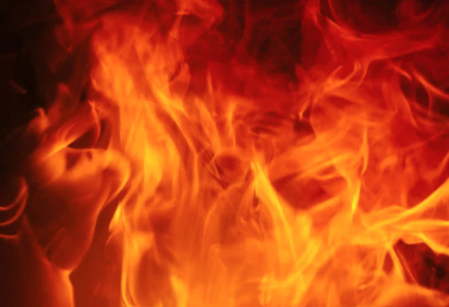
Fire Rating of Insulation
When considering the type of insulation you may put in your attic, it is important to consider the fire resistance of the insulation. This is because even if the insulation is not entirely fireproof, the fire rating tells you how much it can limit the spread of fire to other parts of the building in case of a fire.
We want our buildings to be safe from extreme weather and insulation can do double duty in helping inhibit fire.
What is a fire rating?
The fire rating system for insulation refers to the endurance of a material when subjected to an ASTM E119 standard fire resistance test.
Texas building code and inspectors recommend that insulation materials should have a flame spread index of less than 25 and a smoke-developed index of less than 450.
There are some exceptions to the rule:
1. The flame spread index and smoke-developed index don’t apply to the facings if the facing is in substantial contact with the concealed surface of the ceiling, wall, or floor.
2. Cellulose fiber in loose-fill insulation is not required to meet a flame spread index requirement but shall be required to have less than 450 smoke-developed index when tested in accordance with CAN/ULC S102.2
3. Foam plastic shall comply with Section R316.
Fire ratings of insulation materials
Blown-in fiberglass
Made from spun glass fibers, fiberglass doesn’t burn but melts around 1000°F (540°C). Since glass is naturally noncombustible, blown-in fiberglass does not need any fire-retardant treatment. The kraft facings in a fiberglass however, can catch fire, so some manufacturers add flame-retardant adhesives to the facings.
If it reaches its melting point, the melted fiberglass starts to release gases including oxygen which increases the fire.
Fire resistance level: Medium
Blown-in rockwool
Rockwool or mineral wool is naturally non-flammable and has a high melting point of more than 1832°F (1000°C). It is the most non-combustible material, making it an essential insulation in fire-resistant buildings.
Fire resistance level: High
Blown-in cellulose
Since cellulose is made from recycled newsprint, it is a highly-flammable material. Cellulose is treated with boric acid and other additives to make it an insulating material with Class 1 rating, which is the best fire rating that can be achieved. Compared to fiberglass, cellulose does not have air pockets. So in case of fire, it will not spread as quickly with fiberglass insulation.
Fire resistance level: High
Spray polyurethane foam (SPF)
SPF is made from polyurethane, the product of the reaction between polyol and isocyanate.
Since spray foam is flammable, it is applied or mixed with ignition barriers to be fire-resistant. SPF ignites at 700°F.
Fire resistance level: Medium (when treated with thermal barrier)
Batts insulation
Whatever the material in a batts: whether rockwool, fiberglass or denim, the facing (kraft or foil) can spark up a flame. Before installation, fire retardants can be applied to the kraft facings. But despite the application of chemical treatments, the kraft facings should not be exposed. These must be covered up with an approved construction material.
When testing batt insulation, only the material is tested and not the facing.
Fire resistance level: High, with the facings covered
All insulation materials in Koala Insulation are fire-rated, with just different levels of fire resistance. We can help you pick the insulation your building needs. Book your free insulation evaluation today!
Ready to book your free insulation evaluation?
We have 3 convienant ways for you to get in touch
We Provide Insulation Services to the Following Northwest Houston Areas
Houston, Spring Branch, Jersey Village, Willow Brook, Copperfield, Cypress, Mason Park, and Cinco Ranch
Counties Served
Harris County, Waller County, & Fort Bend County
Zip Code
77040, 77041, 77080, 77043, 77055, 77070, 77069, 77066, 77065, 77449, 77450, 77433, 77429, 77095, 77084, 77064
